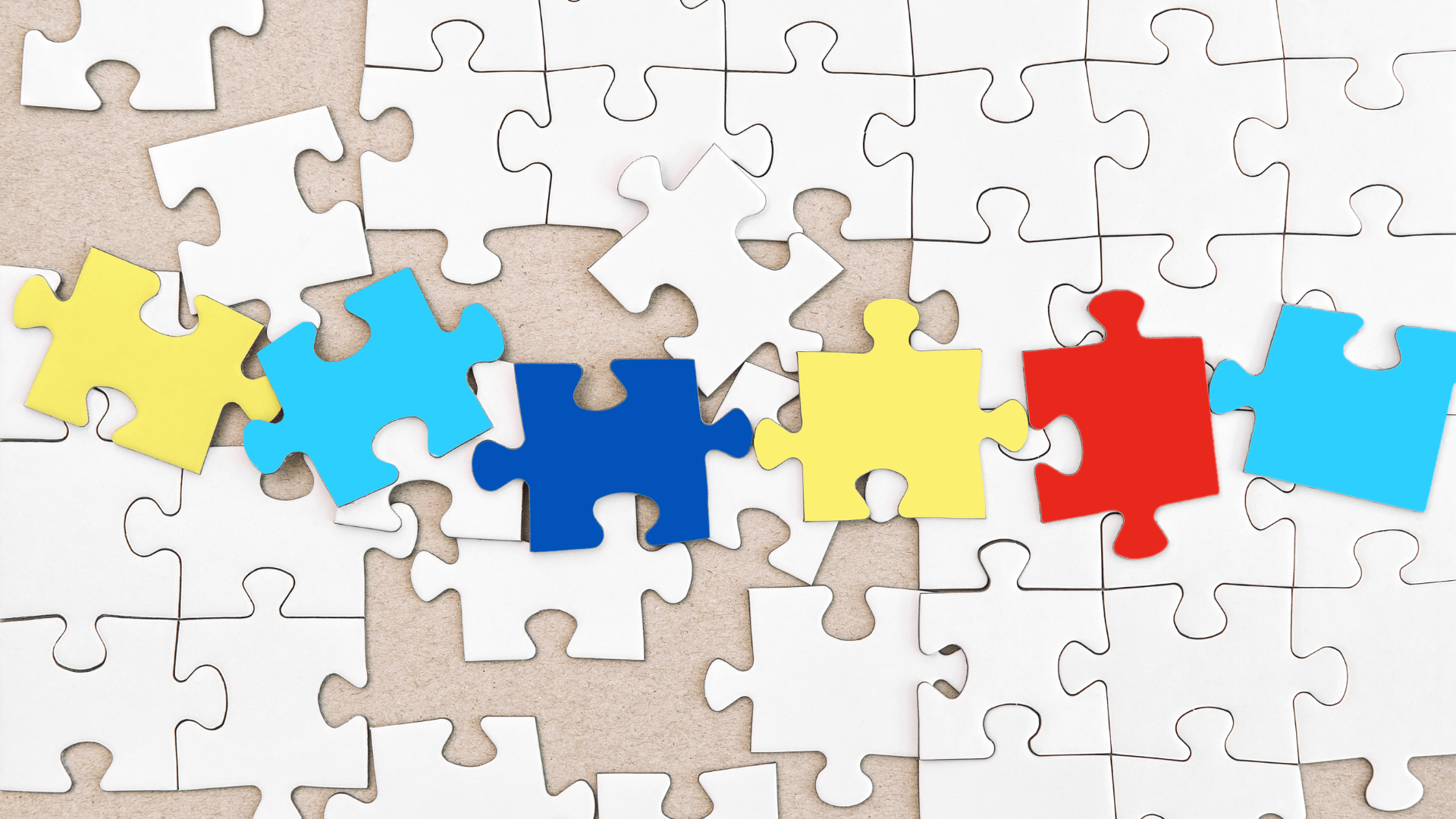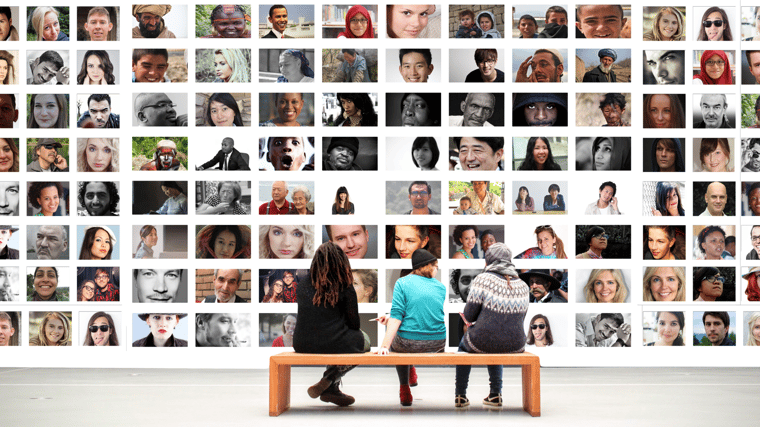Stephen Hawking was known for his brilliant mind. It might be tempting to think he embodies some idea of the “right” kind of thinking. You might think you should put all your effort into thinking just like him. But the truth is, there is no right way. And that’s a good thing. Everyone’s brains work differently. This affects how we experience and interact with each other and how we think, learn, and behave.This concept is called neurodiversity, and it's a celebration of how our diversity helps strengthen the human population. We all function differently, and there isn’t anything wrong when someone operates differently than someone else. Instead, we should recognize and respect neurological differences. Neurodiversity is further broken down into two categories:
- Neurotypical: those who have typical brain patterns, behaviors, and processing.
- Neurodivergent: those whose brains function uniquely, often referring to people with disabilities such as ADHD, autism, dyslexia, and learning disabilities, among others.
Neurodivergence is more common than you may think. The U.S. Centers for Disease Control and Prevention estimates that one in every forty-four children has autism spectrum disorder. Meanwhile, they estimate that 9.4 percent of children are diagnosed with ADHD before they turn eighteen. Dyslexia impacts 20 percent of the population, according to the Yale Center for Dyslexia and Creativity. People may also acquire neurodivergence through events like a traumatic brain injury, stroke, or Alzheimer’s disease.
Like other types of diversity, neurodiversity is key to a powerhouse workplace. According to the Employer Assistance and Resource Network on Disability Inclusion (EARN), there are numerous ways neurodivergent team members can benefit workforces. Here are a few:
- Innovation and creativity
- Trustworthiness
- Problem-solving
- Better error detection and accuracy
- High levels of concentration and ability to perform routine or repetitive tasks
- Strong recall of information
- Technical, design, and creative strengths
Embracing these attributes could give you a competitive edge while also making your team healthier and happier.
Supporting all minds.
If your team includes neurodivergent employees, there may be additional steps to make them feel welcome. Specific accommodations will likely depend on the individual, but here are some common ones:
- Noise-canceling headphones
- Balance balls
- Sensory objects
- Standing desks
- Quiet areas
Flexibility is important. For example, you might consider extending discussion periods before big decisions so everyone feels comfortable opening up about their issues and experiences or letting employees work from home so they can get specific accommodations they need there. Ultimately, flexibility is about being willing and able to find a balance between the company’s and employees’ needs. It requires a willingness to hear the experiences of all employees to understand those needs.
We might have seen stereotypes of people with Tourette’s or ADHD in pop culture, but it can take a conscious effort on our part to acknowledge that the actual people we meet aren’t movie characters. Think about the biases you’ve encountered and how you can consciously become more aware of them.
Neurodiversity is good for business.
Microsoft routinely hires neurodivergent people. The tech enterprise started its Neurodiversity Hiring Program in 2015 and continues to tweak its recruitment and hiring process as it learns more.
Neurodivergent candidates send their resumes to a dedicated email address. If selected, they’re invited to an interview. A handful of times a year, Microsoft holds a four-day interview process for potential candidates:
- Day one: Candidates virtually meet with different teams and with other neurodiverse job seekers.
- Days two and three: They participate in team-building exercises, core competencies, and mock interviews in which they receive feedback from managers.
- Day four: Candidates go through the actual interview, with breaks structured throughout to lessen stress and anxiety.
So far, the tech giant has hired over 200 full-time employees through the program in areas as diverse as marketing, finance, customer service, and business operations. Once onboard, the new employees are offered job coaching through The How Skills, a Seattle-based nonprofit. Coaches work with the employees, managers, and coworkers, with optional training sessions on neurodivergent conditions. In addition, they have access to an employee resource group. They may be assigned an internal mentor, which could be an employee, a friend, or a family member with the same or similar neurodivergence.
Other companies, from Dell and SalesForce to Ernst & Young and smaller firms, have also increased their hiring of neurodiverse candidates, realizing the benefits of a more diverse workforce and the talents neurodivergent employees bring. Google employees founded the Disability Alliance to support each other, lead projects like accessible product hackathons, and help promote disability inclusion by building awareness throughout the company. According to The Wall Street Journal, during the COVID-19 pandemic, remote work and the use of technology leveled the playing field for neurodiverse employees who may not be as comfortable in an office setting. As one hiring manager told them, supporting a neurodiverse workforce takes no more effort than having the empathy necessary to support all employees.
Communication is key.
Much like diversity in general, embracing neurodiversity also means needing to be aware of different communication styles. This could mean offering different forms of communication, as some might struggle with retaining the information they’re given verbally. Others might struggle with long chunks of text; consider breaking them up with options like bulleted lists and section headers. One of the ways we can strengthen our teams through the inclusion of neurodivergent thinkers is by reframing how we think about these conditions.
Maintaining cognitive diversity within an organization is an important component of weaving DEI into the fabric of your culture. Every employee regardless of their neuro status brings something unique and valuable to the table. By normalizing and accepting these differences, you create a culture of belonging and psychological safety that is invaluable in today’s workplace.
Looking for an additional resource to bridge the gap and foster inclusion with your people? Invest in learning opportunities. Providing employees access to learning on topics such as emotional intelligence, active listening, and empathy, is a critical step in transforming your culture. Blue Ocean Brain’s award-winning microlearning solution helps organizations of all sizes and industries upskill their people and arm them with the soft skills needed to break down barriers and build connections across the board. For more information on how we can help, click here to schedule a consultation with one of our DEI learning experts.




